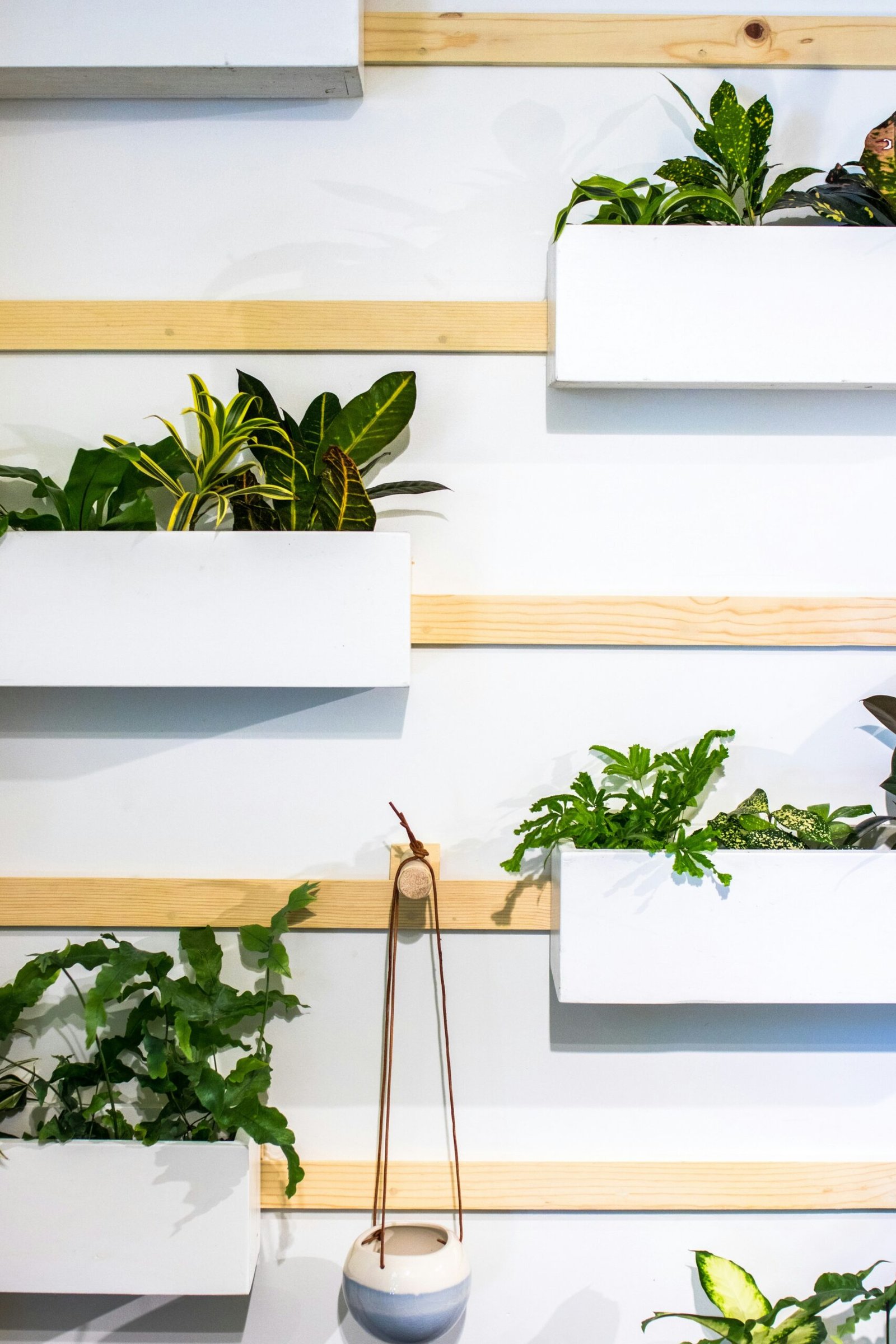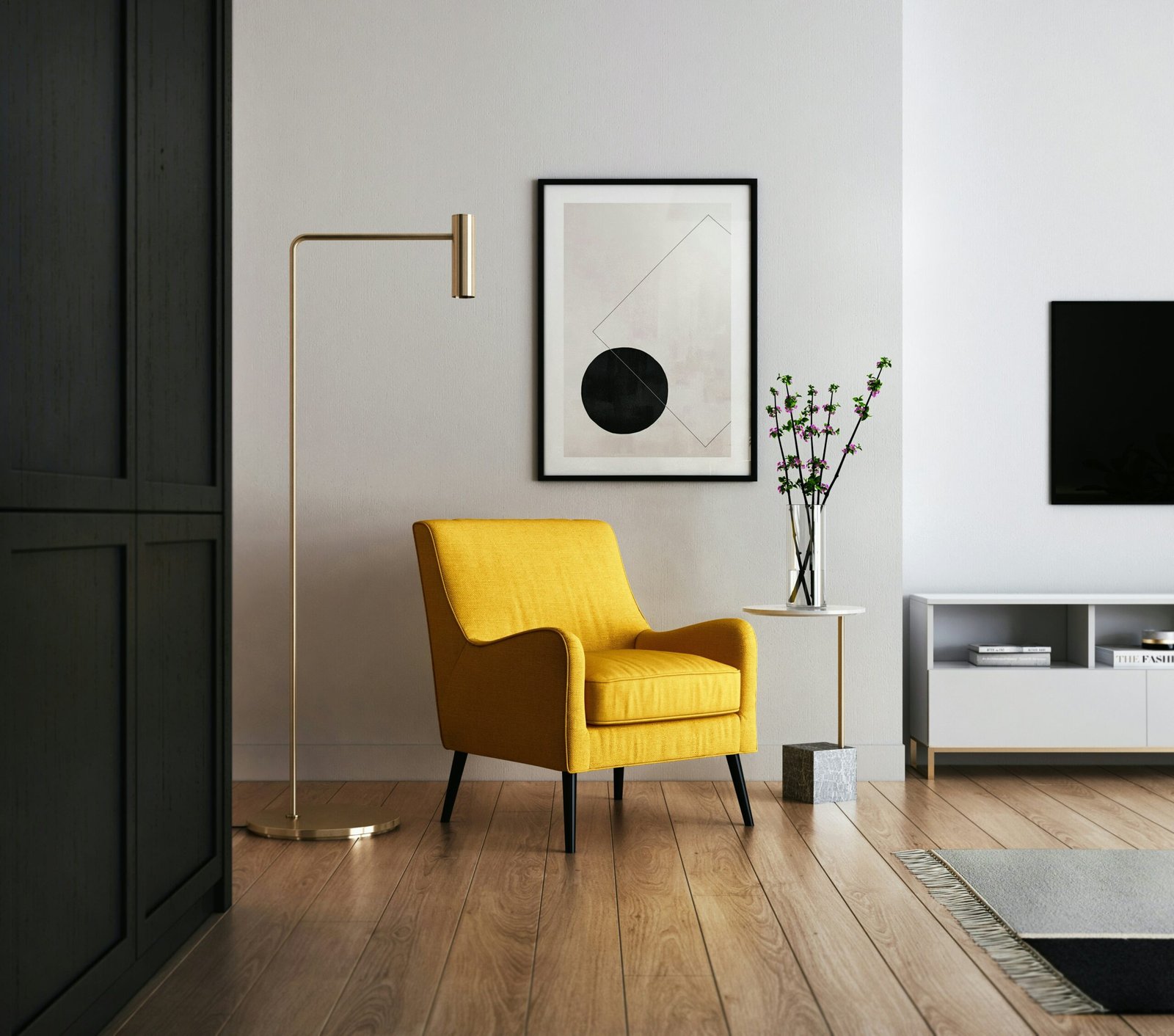In today’s world, sustainability has become a pressing concern for many individuals and industries. With the increasing awareness of environmental issues, people are seeking ways to make eco-friendly choices in various aspects of their lives, including interior design. The use of sustainable materials in modern interiors not only contributes to a greener planet but also enhances the overall aesthetics and ethics of the space.
The Rise of Sustainable Materials
Over the years, there has been a significant shift in the design industry towards sustainable materials. Designers and homeowners alike are recognizing the importance of using materials that have a minimal impact on the environment. Sustainable materials are those that are responsibly sourced, produced, and have a low carbon footprint.
One popular sustainable material is bamboo. Known for its rapid growth and regenerative properties, bamboo is a highly renewable resource. It can be used for various applications in interior design, such as flooring, furniture, and even wall coverings. Bamboo not only adds a touch of natural beauty to a space but also contributes to its sustainability.
Another sustainable material gaining popularity is reclaimed wood. Instead of using newly sourced timber, reclaimed wood is salvaged from old structures like barns, factories, and warehouses. By repurposing this wood, we not only reduce the demand for new trees but also give new life to materials that would otherwise go to waste. The unique character and history of reclaimed wood add a rustic charm to modern interiors.
The Aesthetics of Sustainable Materials
One might assume that sustainable materials compromise on aesthetics, but that couldn’t be further from the truth. In fact, sustainable materials often add a unique and natural beauty to a space that cannot be replicated by synthetic alternatives.
For example, cork is a sustainable material that has gained popularity in recent years. Harvested from the bark of cork oak trees, this material is not only renewable but also possesses excellent insulating properties. Cork can be used as flooring, wall coverings, and even furniture. Its warm tones and natural texture add a sense of warmth and comfort to any interior.
Similarly, natural stone, such as granite or marble, is a timeless and sustainable choice for countertops or flooring. These materials are durable, long-lasting, and can be sourced responsibly. The unique patterns and colors found in natural stone create a luxurious and elegant atmosphere in modern interiors.
The Ethical Implications
Choosing sustainable materials for interior design goes beyond just aesthetics. It also has ethical implications. By opting for eco-friendly materials, we are supporting industries that prioritize the well-being of the environment and the people involved in the production process.
For instance, when selecting furniture, look for pieces made from sustainably harvested wood or those manufactured using non-toxic adhesives and finishes. By doing so, you are not only reducing your carbon footprint but also ensuring the health and safety of those who come into contact with the furniture.
Additionally, consider fabrics made from organic or recycled materials for upholstery and curtains. These materials are free from harmful chemicals and reduce the demand for new resources. By choosing ethical fabrics, you are promoting fair labor practices and minimizing the environmental impact of the textile industry.
The Future of Sustainable Materials in Modern Interiors
As the world becomes more conscious of the need for sustainable practices, the use of eco-friendly materials in modern interiors is expected to grow. Designers and manufacturers are continually exploring innovative ways to create beautiful and sustainable products.
From biodegradable plastics to energy-efficient lighting, the possibilities are endless. As consumers, we have the power to drive the demand for sustainable materials and push the industry towards a greener future.
By embracing sustainable materials in modern interiors, we can create spaces that not only look beautiful but also align with our values and contribute to a healthier planet. The intersection of aesthetics and ethics is where sustainable design truly shines, offering a harmonious blend of style and environmental consciousness.




